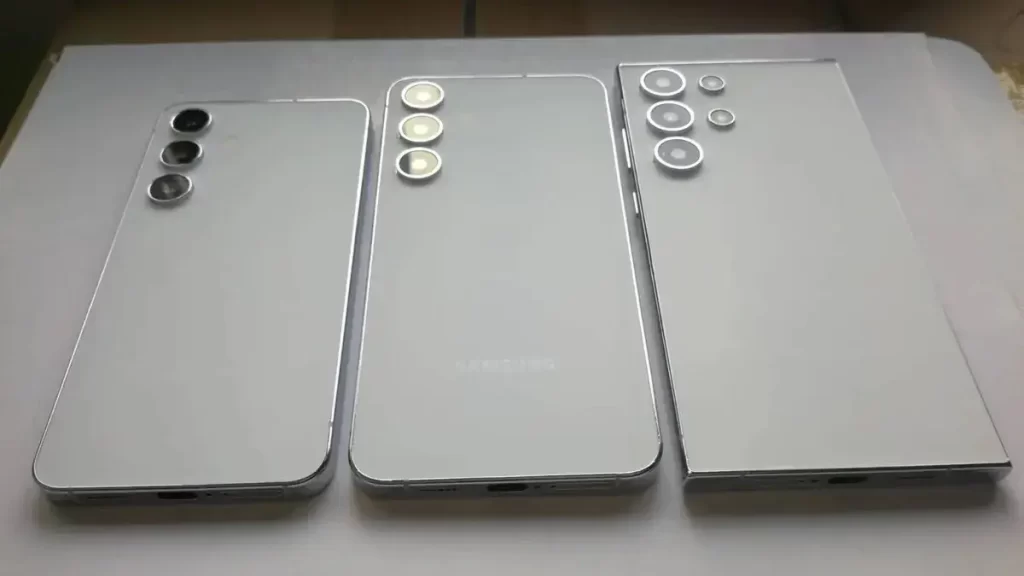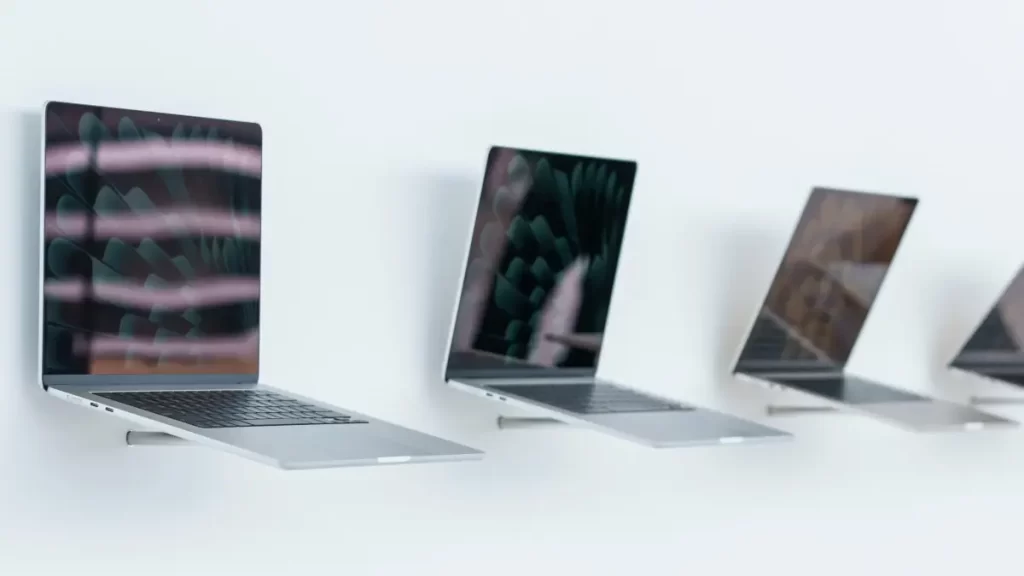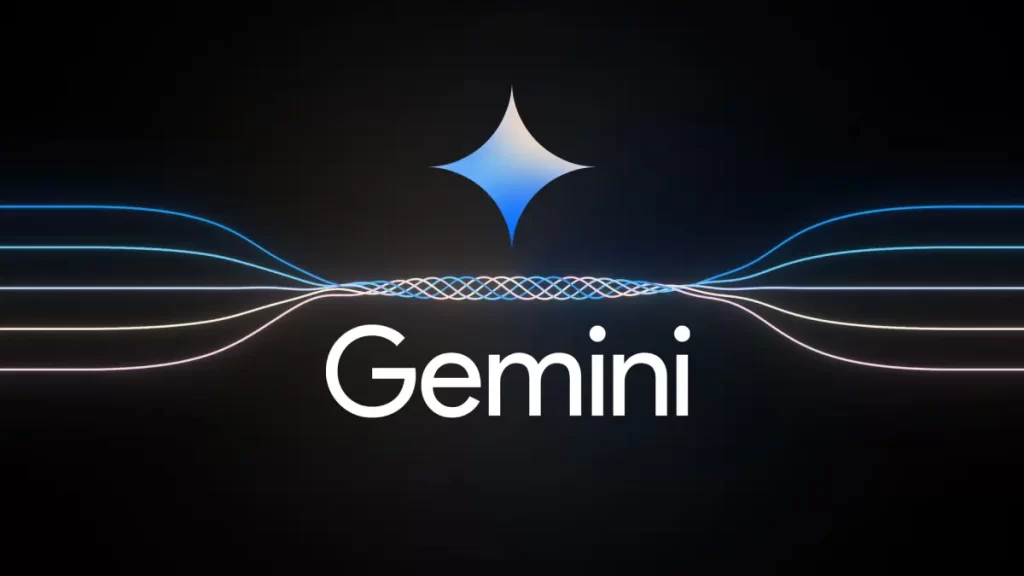Samsung makes QLED televisions and LG makes OLED televisions, but the differences don’t end there. Here’s what you need to know.
The best TVs arrive with a raft of technical-sounding features — HDR, Ultra HD 4K, 120Hz and HDMI 2.1 — floated by a stable of familiar brands competing for your dollar. Two of the biggest, Samsung and LG, use similar-sounding terms to describe their more-expensive models, but Samsung’s QLED and LG’s OLED are as different as day and night.
For the last few years, Samsung, the most popular TV-maker in the world, has been branding its TVs “QLED.” Its 2021 QLED lineup is massive, with Neo QLED models in 4K and 8K resolution, The Frame art TV, Serif and the Sero rotating TV all bearing the ubiquitous Q. Meanwhile, LG’s 2021 OLED TVs include six series, from the relatively affordable A1 to a model that rolls up like a poster and costs $100,000.
The OLED vs. QLED battle goes beyond Samsung and LG. TCL also brands its best TVs “QLED” and other brands beyond LG sell OLED TVs, namely Sony and Vizio.
QLED vs. OLED: Quick summary of the TV technologies
Let’s start with a quick breakdown.
- OLED stands for “organic light emitting diode.”
- QLED (according to Samsung) stands for “quantum dot LED TV.”
- OLED is a fundamentally different technology from LCD, the major type of TV.
- QLED is a variation of LED LCD, adding a quantum dot film to the LCD “sandwich.”
- OLED is “emissive,” meaning the pixels emit their own light.
- QLED, like LCD, is “transmissive” in its current form and relies on an LED backlight.
A QLED TV is just an LCD TV with quantum dots
The main takeaway is that QLED is closer to regular old LCD than it is to OLED, which most experts consider a distinctly different class of television, much like plasma before it.
Quantum dots are microscopic molecules that, when hit by light, emit their own differently colored light. In QLED TVs, the dots are contained in a film, and the light that hits them is provided by an LED backlight. That light then travels through a few other layers inside the TV, including a liquid crystal (LCD) layer, to create the picture. The light from the LED source is transmitted through the layers to the screen’s surface, which is why we say it’s “transmissive.”
Samsung has been using quantum dots to augment its LCD TVs since 2015 and debuted the QLED TV branding in 2017. Samsung says those quantum dots have evolved over time — that color and light output have improved, for example. However improvements caused by better quantum dots are much less evident than those caused by other image quality factors (see below).
Other TV makers also use quantum dots in LCD TVs, including Vizio and Hisense, but don’t call those sets QLED TVs.
An OLED TV is not an LCD TV at all
LCD is the dominant technology in flat-panel TVs and has been for a long time. It’s cheaper than OLED, especially in larger sizes, and numerous panel-makers can manufacture it.
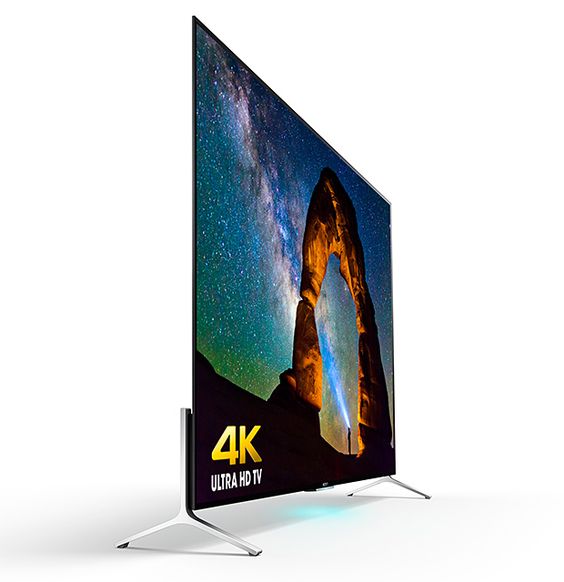
OLED is different because it doesn’t use an LED backlight to produce light. Instead, light is produced by millions of individual OLED subpixels. The pixels themselves — tiny dots that compose the image — emit light, which is why it’s called an “emissive” display technology. That difference leads to all kinds of picture quality effects, some of which favor LCD (and QLED), but most of which benefit OLED.
Aside from the US brands mentioned above, Panasonic, Philips, Grundig and others sell OLED TVs in Europe. All OLED TVs worldwide, including those in the US, use panels manufactured by LG Display.
QLED TV picture quality varies more than OLED
Samsung and TCL each have multiple QLED series and the most expensive perform a lot better than the cheaper ones. That’s mainly because the biggest improvements in the picture quality of QLED sets don’t have much to do with quantum dots. Instead they’re the result of mini-LED backlights, better full-array local dimming, bright highlights and better viewing angles, which help them outperform QLED (and non-QLED) TVs that lack those extras.
Meanwhile, every OLED TV has very similar image quality — all have earned a 10/10 in picture quality in my tests. There’s some variation among different OLED TVs, for example the LG A1 with its 60Hz panel compared to 120Hz on other OLED TVs, but they’re not nearly as significant as the differences between various QLED TV series.
OLED has better contrast and black level
One of the most important image quality factors is black level, and their emissive nature means OLED TVs can turn unused pixels off completely, for literally infinite contrast. QLED/LCD TVs, even the best ones with the most effective full-array local dimming, let some light through, leading to more washed-out, grayer black levels and blooming around bright sections.
QLED is brighter
The brightest QLED and LCD TVs can get brighter than any OLED model, which is a particular advantage in bright rooms and with HDR content. In my tests, however, OLED TVs can still get plenty bright for most rooms, and their superior contrast still allows them to deliver a better overall HDR image than any QLED/LCD TV.
OLED has better uniformity and viewing angles
With LCD-based displays, different areas of the screen can appear brighter than others all the time, and backlight structure can also be seen in some content. Even the best LCDs also fade, lose contrast and become discolored when seen from seats other than the sweet spot directly in front of the screen. OLED TVs have almost perfectly uniform screens and maintain fidelity from all but the most extreme angles.
Resolution, color, video processing and other image quality factors are basically the same
Most QLED and OLED have the same resolution and 4K, and both can achieve 8K resolution too. Neither technology has major inherent advantages in color or video processing areas. Check out OLED vs. LCD for more details.
QLED can get bigger and smaller (and cheaper)
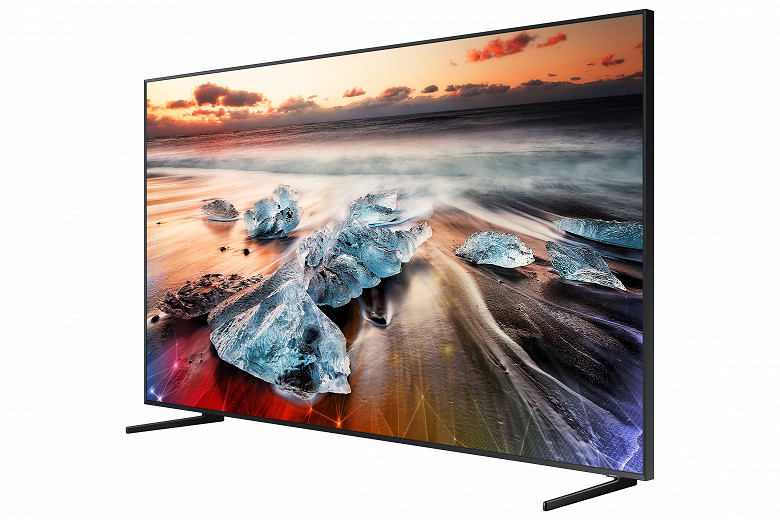
There are only six sizes of OLED TV on the market today.
OLED TV sizes
- 48-inch
- 55-inch
- 65-inch
- 77-inch
- 83-inch
- 88-inch
Meanwhile, as QLED TVs are LCDs they are able to be made in a much greater range of sizes. Non-QLED LCD TVs can get even smaller.
QLED TV sizes
- 32-inch
- 43-inch
- 50-inch
- 55-inch
- 58-inch
- 65-inch
- 75-inch
- 82-inch
- 85-inch
- 98-inch
One big advantage, so to speak, that QLED and LCD have over OLED is the cost of mainstream sizes over 65 inches. Large televisions are the fastest-growing segment of the market and show no signs of slowing down. 77-inch OLED TVs cost $3,000 and up, significantly more than most 75-inch QLED TVs, and in larger sizes the difference is even more drastic.
What about OLED burn-in?
Burn-in happens when a persistent part of the image onscreen — navigation buttons on a phone or a channel logo, news ticker or a scoreboard on a TV, for example — remains as a ghostly background no matter what else appears onscreen. All OLED screens can burn-in, and from everything I know, they’re more susceptible than LCD displays, including QLED.
All things considered, however, burn-in shouldn’t be a problem for most people. From all of the evidence we’ve seen, burn-in is typically caused by leaving a single, static image element, like a channel logo, onscreen for a very long time, repeatedly. That’s an issue if you keep Fox News, ESPN or MSNBC onscreen for multiple hours every day and don’t watch enough other programming, for example. But as long as you vary what’s displayed, chances are you’ll never experience burn-in.
Which is better in 2021 and beyond, QLED or OLED TVs?
As I mentioned above, when I pitted the best 2021 OLED against the best 2021 QLED, OLED still won — just like it has in previous years.
What about the future? Samsung is actually working on an OLED TV of its own (again), investing $11.1 billion in new facilities to create “QD display” tech that’s basically OLED with a different name — and quantum dots, natch. Rumors pin 2022 as the earliest customers could buy one.
Separately, and further down the road, Samsung is researching direct-view quantum dot, which dispenses with the liquid crystal layers and uses quantum dots themselves as the light source. Emissive QLED TVs have the potential to match the absolute black levels and “infinite” contrast ratio of OLED, with better power efficiency, better color and more. That’s pretty exciting, but it’ll be a few years before we see emissive QLED TVs available for sale. Hopefully, by then they’ll think up a new acronym (EQLEDs?).
And then there’s MicroLED. It’s another emissive technology, once again spearheaded by Samsung but also sold by LG, that’s on sale now for the super rich — the largest examples cost more than a million dollars. As you might guess from the name, it uses millions of teeny-tiny LEDs as pixels. MicroLED has the potential for the same perfect black levels as OLED, with no danger of burn-in. It can deliver higher brightness than any current display technology, wide-gamut excellent color and doesn’t suffer the viewing angle and uniformity issues of LCD. It’s also friggin’ huge. It doesn’t involve quantum dots, at least not yet, but who knows what might happen when it comes to market. QDMLED, anyone?
For now, however, OLED rules the picture quality roost over QLED.

